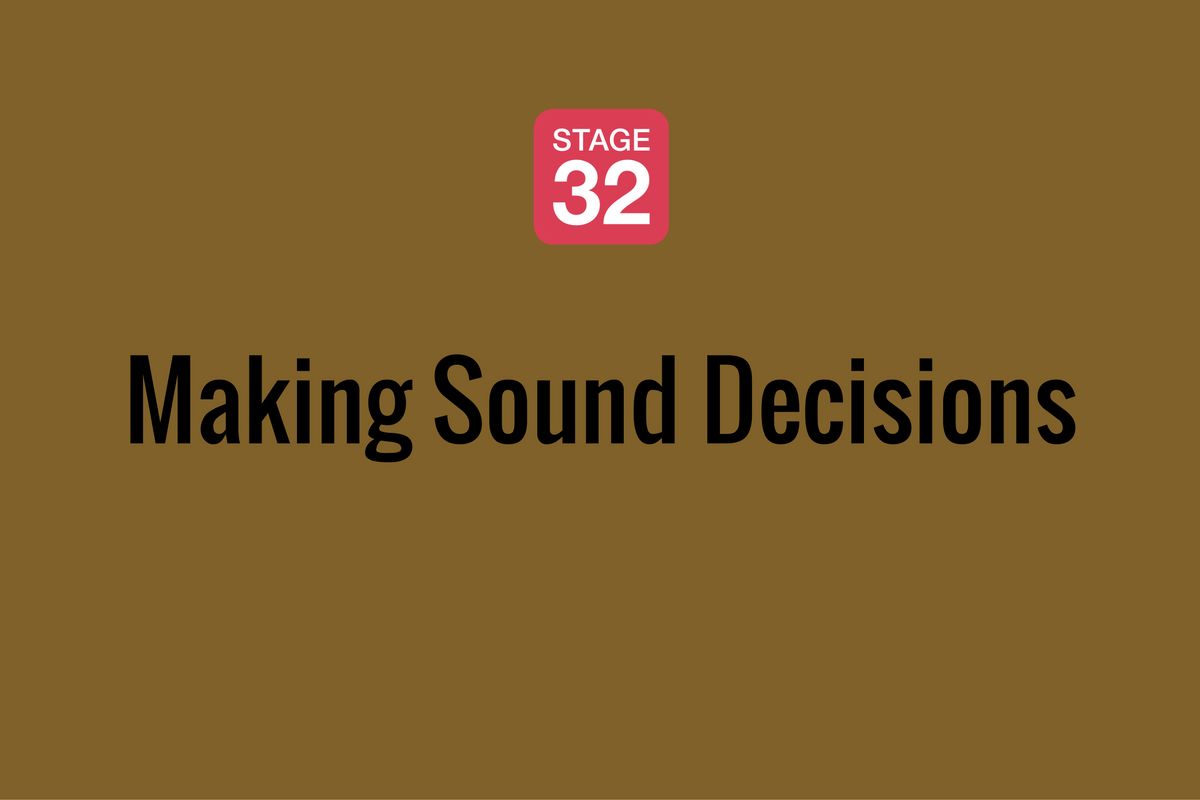
To evolutionarily optimize such balanced utilitarian behaviors, the neural circuitry of human decision-making can simplistically be divided into two neuroanatomically and -functionally distinctive systems-an automatic, emotional, impulsive system (bottom-up) and a deliberate, reflective, control system (top-down)-popularly referred to as a fast “system 1” and a slow “system 2” ( Evans, 2007 Chen et al., 2018). Indeed, our choices and decisions ought to fulfill both immediate needs and those that are better served for future gains ( Motoki et al., 2019). These include resisting the impulse of consuming palatable foods, foreseeing the future potential health consequences associated, and at the same time being able to delay one’s gratification by valuing the “rational” alternative despite temporal discounting ( Volkow and Baler, 2015 Cai et al., 2019). Our ability to evaluate long-term goals over immediate rewards is encoded in an array of complex computational processes in the brain ( Rangel et al., 2008 Levin et al., 2012). Thus, exploring the combined effects of interoceptive regulation and exteroceptive cues on food-related decision-making could be methodologically advantageous in consumer neuroscience and entail theoretical, commercial, and managerial implications. Collectively, our findings suggest that the presence of loud ambient noise in conjunction with prospective thinking can lead to the highest emotional arousal and cognitive load as measured by EDA and EEG, respectively, both of which are important in regulating cravings and decisions. Similarly, EDA signal peak probability was also higher during loud noise. soft) noise increased alpha, beta, and theta activity, but for theta activity, this was solely occurring during “later” trials. Likewise, “later” trials also increased frontal alpha asymmetry (FAA) -an index for emotional motivation. immediate (“now”) sensations associated with the food decreased cravings, which were mediated by frontal EEG alpha power. The results indicated that thinking about future (“later”) consequences vs. All participants underwent two sessions of the ROC task once with soft ambient restaurant noise (∼50 dB) and once with loud ambient restaurant noise (∼70 dB), while data from electroencephalography (EEG), electrodermal activity (EDA), and self-reported craving were collected for all palatable food images presented in the task. Thirty-seven participants were recruited for an adapted version of the Regulation of Craving (ROC) task.

Here, we investigated the combined impact of cognitive regulation and ambient noise on food cravings through neurophysiological activity. Simplistically, it can be divided into a fast, impulsive, reward “system 1” and a slow, deliberate, control “system 2.” In a noisy eating environment, our cognitive resources may get depleted, potentially leading to cognitive overload, emotional arousal, and consequently more rash decisions, such as unhealthy food choices. Our ability to evaluate long-term goals over immediate rewards is manifested in the brain’s decision circuit. 5Department of Psychology, University of Chinese Academy of Sciences, Beijing, China.4Department of Clinical Medicine, Center for Music in the Brain, Aarhus University, Aarhus, Denmark.3Neuropsychology and Applied Cognitive Neuroscience Laboratory, CAS Key Laboratory of Mental Health, Institute of Psychology, Chinese Academy of Sciences, Beijing, China.2Sino-Danish College (SDC), University of Chinese Academy of Sciences, Beijing, China.1Food Quality Perception and Society Team, iSENSE Lab, Department of Food Science, Aarhus University, Aarhus, Denmark.


Chan 3,5, Derek Victor Byrne 1,2 and Qian Janice Wang 1,2 Danni Peng-Li 1,2,3*, Patricia Alves Da Mota 1,4, Camile Maria Costa Correa 1, Raymond C.


 0 kommentar(er)
0 kommentar(er)
